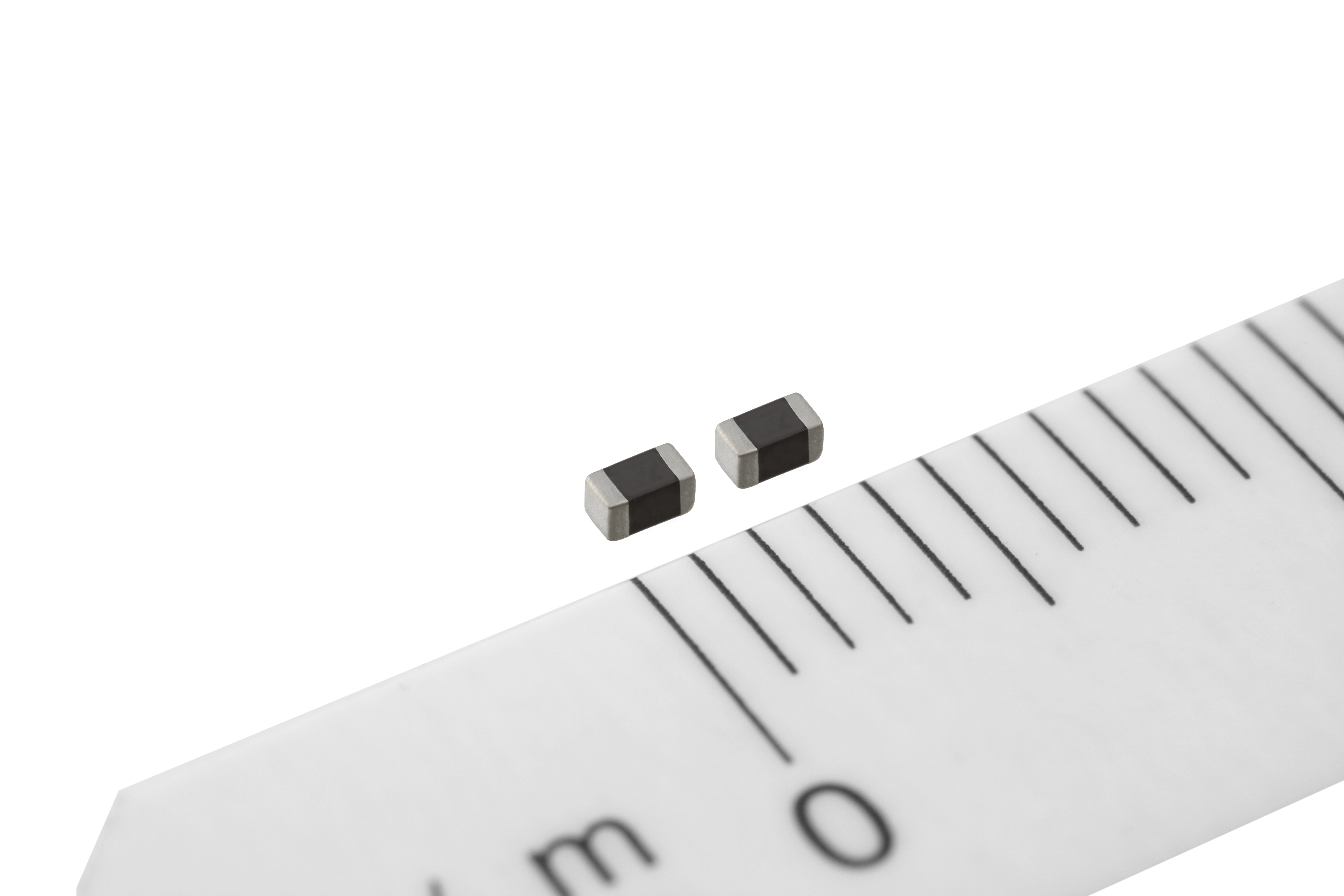 TDK Corporation has announced the introduction of the new MLJ1608WG Series of multilayer inductors. These compact components are targeted at use in automotive Power over Coax (PoC) implementations. Mass production began in August 2022.
TDK Corporation has announced the introduction of the new MLJ1608WG Series of multilayer inductors. These compact components are targeted at use in automotive Power over Coax (PoC) implementations. Mass production began in August 2022.
The MLJ1608WG Series inductors achieve a maximum impedance of 2500 Ω. They also retain impedance levels of 1000 Ω over a 300 MHz to 2 GHz frequency range. While the impedance characteristics of conventional multilayer inductors will vary considerably, depending on the current applied, and cannot secure sufficient impedance, the MLJ1608WG Series offers far less current variation. A high-rated current of 500 mA is supported despite these components having 1.6 x 0.8 x 0.8 mm (L x W x H) dimensions. This significantly reduces variation in impedance during the current application. The components can be operated at temperatures of up to 125 °C with a current of 400 mA.
With the widespread uptake of advanced driver-assistance systems (ADAS), the performance of automotive cameras has advanced dramatically. Consequently, there are growing demands for higher-speed and larger-capacity interfaces. Automotive camera systems using LVDS transmission are adopting a PoC approach, which superimposes data and power supply onto a single coaxial cable.
PoC reduces the number of wire harnesses required for transmitting data and supplying power. This contributes to reducing the vehicle’s weight and allowing space savings to be realized. Effective filtering is needed to separate data from the power supply in a PoC circuit. This will generally consist of 2 to 4 inductors. Inductors used in such filters must have high impedance for AC components from low right through to high frequencies. By achieving impedance values of 1000 Ω or higher over a broad range of frequencies, the new MLJ1608WG Series is highly optimized for meeting such requirements.
TDK will continue expanding the product portfolio, addressing the need for higher-speed and larger-volume transmissions for an even wider variety of automotive applications.

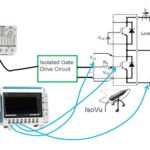
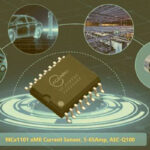
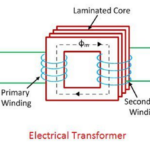
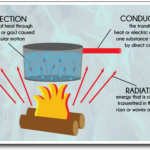
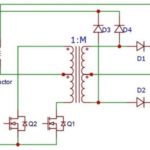

Leave a Reply